IFREMER SIH
Type of resources
Available actions
Topics
Keywords
Contact for the resource
Provided by
Years
Representation types
Update frequencies
status
Scale
-
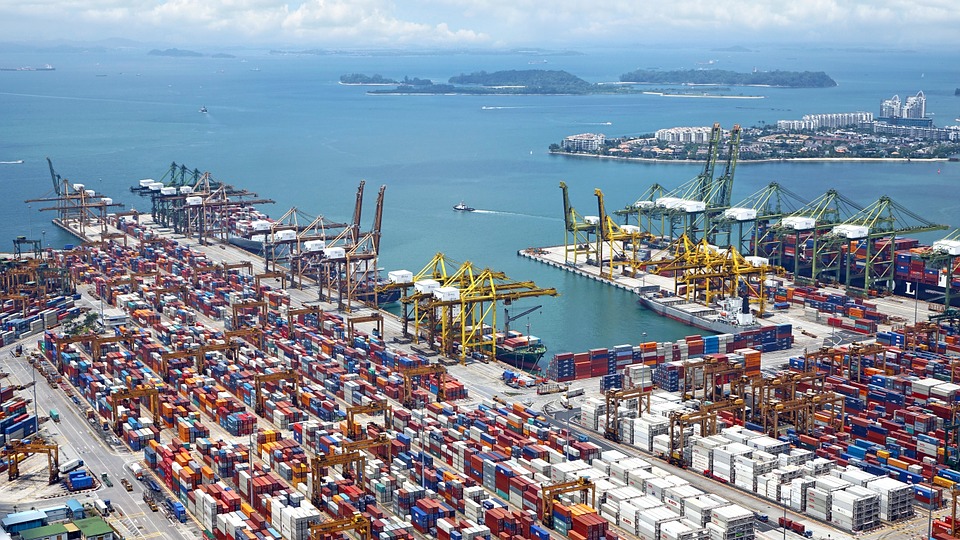
World list of seaports. In its 2021 version, the repository includes 13709 ports for 187 countries. The list of seaports has been drawn up on the basis of the information available in the European reference system of places used in the framework of the Common Fisheries Policy and, more particularly, by the Electronic Recording and Reporting System (ERS), the list of ports identified by the UNECE (2021-1). An assessment of the infrastructures present along the coastline made it possible to identify other ports that were not listed. Each geographical position has been verified with Google Earth in WGS84. Each port is associated with information relating to the country (ISO 3 coding), the UNECE or ERS 5-character coding, the name, the geographical position in WGS84 (latitude and longitude), the status of the port indicating whether it is referenced by Unece (UNECE), by the EU/ERS (ERS) or by both (UNECE/ERS) In case the port is not referenced by UNECE or ERS, the status is N/A. For French ports, the reference system integrates the ports of the French overseas departments and territories with the national codification. Inland ports have also been integrated in 2021.
-
Avant le 1er janvier 2016, la France comptait 27 régions : - 22 régions en France métropolitaine (en comptant la Corse). - 5 régions d'outre mer : la Guadeloupe, la Martinique, la Guyane, la Réunion et Mayotte (depuis 2011). Bien qu'obsolète, ce référentiel est conservé dans le Système d'Informations Halieutiques pour les données historiques.
-
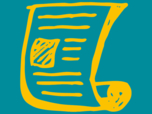
Le référentiel des espèces exploitées d’intérêt commercial du Système d’Informations Halieutiques reprend le référentiel ASFIS de la FAO enrichi d’espèces ayant un fort intérêt commercial en France (métropole et outre-mer).
-
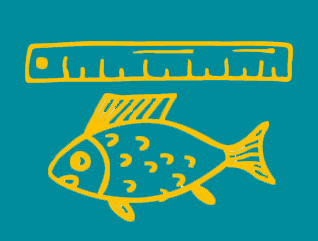
L'observation des ventes consiste à mesurer périodiquement la taille des individus des principales espèces en criée et aux points de débarquement, en tenant compte des appellations commerciales pratiquées sur les lieux de vente. Ce dispositif, appelé ObsVentes, est appliqué en France métropolitaine et en Outre-mer, dans les 5 DOM : Guyane, Guadeloupe, Martinique, Réunion et Mayotte.
-

Le référentiel des engins du Système d’Informations Halieutiques comprend d’une part, les engins de pêche de la FAO enrichi avec des spécificités nationales, et d’autre part les engins de prélèvement utilisés au cours des campagnes halieutiques menées par l’Ifremer et ses partenaires.
-
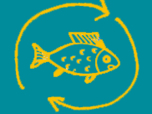
Les données de "Marées" du flux déclaratif correspondent aux données de captures et d'effort de pêche déclarées par les professionnels dans les journaux de bord (log-books) pour les navires dont la longueur hors-tout est supérieure ou égale à 10 mètres, et les fiches de pêche pour les navires dont la longueur hors-tout est inférieure à 10 mètres.
-

Un métier dans le Système d’Informations Halieutiques est une pratique de pêche définie par un engin de pêche et une espèce cible. Ils sont utilisés à des fins statistiques afin d’évaluer les stratégies et les efforts de pêche.
-

Le référentiel des lieux du Système d’Informations Halieutiques est divisé en 3 catégories : les lieux à terre, les zones en mer et les zones réglementaires en mer. Chacune d’elle est organisée hiérarchiquement. Il existe 93 niveaux de lieux dans Harmonie : une fiche de métadonnées existe pour chacun d’entre eux avec, lorsqu’elle existe, une couche géographique.
-
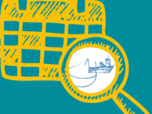
Les calendriers d'activité des navires de pêche reconstitués chaque année permettent d'accéder aux données mensuelles suivantes : port d'exploitation principal, nombre de personnes embarquées, nombre de jours de mer et de pêche, métier(s) pratiqué(s), zones de pêches exploitées et leur gradient d'éloignement à la côte. Les données annuelles de dimension et de maillage des engins utilisés pour pratiquer un métier sont également fournies.
-

Les relations taille-poids sont propres à chaque espèce scientifique et à son milieu. Elles permettent de déterminer la taille d’un individu à partir de son poids ou inversement. Ces relations sont établies statistiquement à partir d’un échantillon d’individus représentatifs de l’espèce.
 Catalogue PIGMA
Catalogue PIGMA